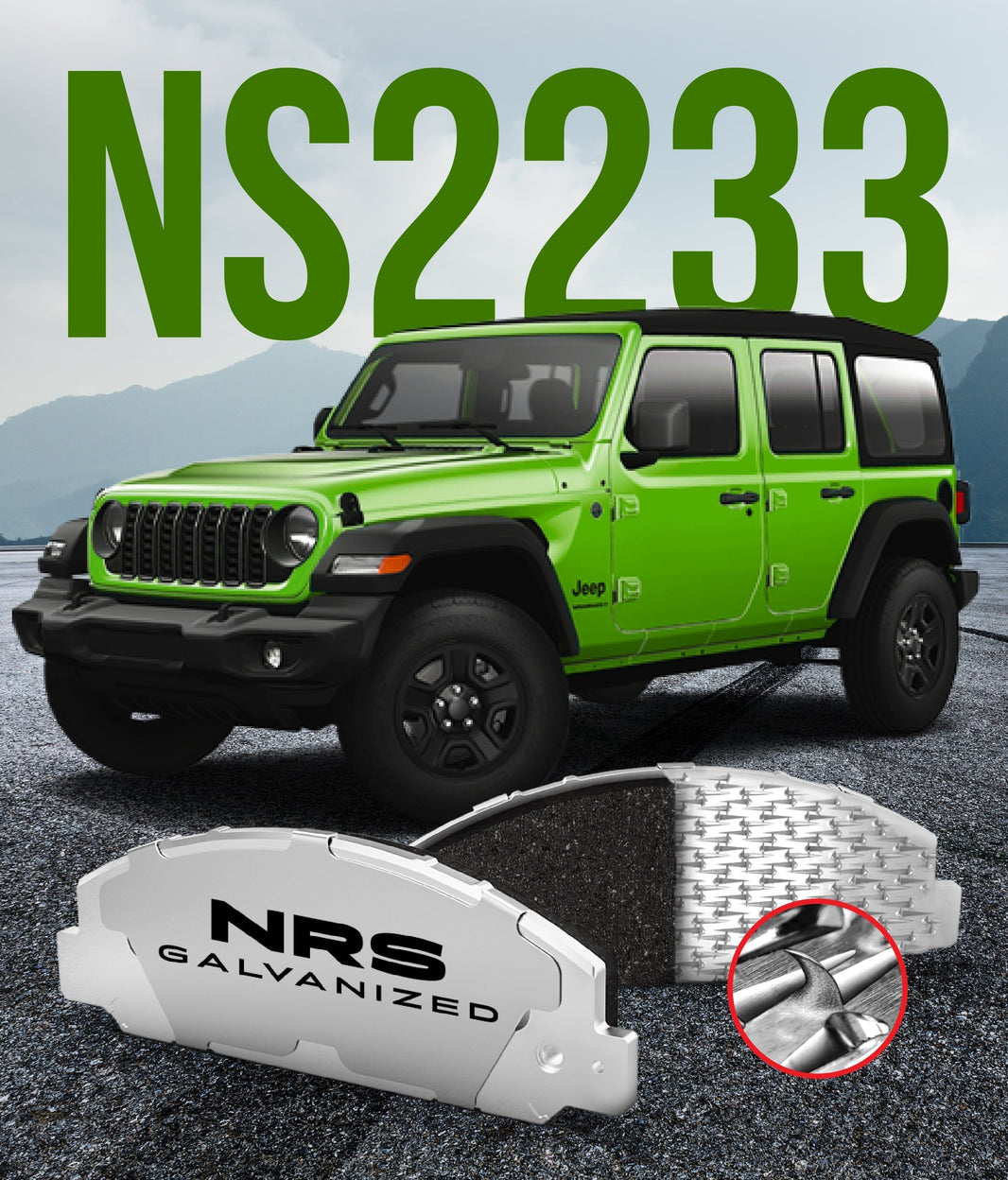
As a car specialist specialized in electric vehicles, I can confidently say that EVs have been gaining popularity in recent years due to their unique features, including increased energy efficiency and reduced emissions.
However, one question that often comes up is whether the brakes on electric vehicles last longer than those on traditional cars. In this article, we will explore the lifespan of brake pads on EVs and traditional cars and discuss the factors that contribute to the difference in lifespan between the two types of vehicles.
Understanding Brake Pads and Their Lifespan
Before diving into the differences in brake pad lifespan between EVs and traditional cars, it's important to first understand how brake pads work and what affects their lifespan. Brake pads are the friction materials that clamp down on the rotors to slow down or stop a vehicle.
The lifespan of brake pads depends on a variety of factors, including the driving habits of the vehicle owner, the quality of the brake pads, the weight of the vehicle, and the type of driving conditions.
Driving Habits
Driving habits can have a significant impact on the lifespan of brake pads. Frequent and aggressive braking, for example, can cause brake pads to wear down more quickly than gentle, gradual braking.
The quality of the brake pads is also an important factor to consider. High-quality brake pads are generally made from more durable materials and can last longer than cheaper, lower-quality options.
Vehicle Weight
The weight of the vehicle can also affect the lifespan of brake pads. Heavier vehicles, such as SUVs and trucks, require more force to slow down and stop, which can put more wear and tear on the brake pads.
Finally, the type of driving conditions can also impact the lifespan of brake pads. Driving in stop-and-go traffic, for example, can cause brake pads to wear down more quickly than driving on open highways.
Advantages of Regenerative Braking
One of the unique features of EVs is regenerative braking. Regenerative braking is a process in which the electric motor is used to slow down the vehicle and generate electricity, which is then stored in the battery for later use. This process is highly energy-efficient and can help to reduce wear and tear on the brake pads.
When an EV driver applies the brakes, the electric motor is used to slow down the vehicle. As the motor slows down, it also generates electricity, which is then stored in the battery.
This process is highly efficient because it allows the vehicle to convert some of the energy that would otherwise be lost as heat into usable electricity. Regenerative braking can also help to reduce the wear and tear on the brake pads because the electric motor is doing much of the work of slowing down the vehicle.
Comparison of Brake Pad Lifespan on EVs and Traditional Cars
There are several factors that contribute to the longer lifespan of brake pads on EVs. One of the most significant factors is regenerative braking, which we discussed earlier. Because the electric motor is doing much of the work of slowing down the vehicle, the brake pads experience less wear and tear than they would on a traditional car.
Another factor that contributes to the longer lifespan of brake pads on EVs is the weight of the vehicles. EVs tend to be lighter than traditional cars, which means that there is less force required to slow them down and stop them. This can help to reduce the wear and tear on the brake pads.
The Future of Braking Systems in EVs
As EV technology continues to evolve, there is ongoing research and development in braking systems for EVs. One area of focus is the use of advanced materials for brake pads, such as carbon-ceramic or carbon-fiber materials. These materials are known for their durability and resistance to wear and tear, which could potentially increase the lifespan of brake pads even further.
Another area of research is the development of new braking systems that combine regenerative braking with traditional friction braking. These systems are designed to provide the benefits of regenerative braking while still maintaining the safety and effectiveness of traditional braking systems.
FAQ
What are the disadvantages of electric braking?
One disadvantage of electric braking, particularly in vehicles that rely heavily on regenerative braking, is that it can result in reduced brake pedal feel. Because the majority of the braking force is generated by the electric motor, the driver may not feel as much resistance when applying the brakes. This can take some getting used to for drivers who are used to the feel of traditional braking systems.
Why do EV tires wear out faster?
EVs are typically heavier than traditional cars due to the weight of the battery, which can put more strain on the tires. Additionally, because electric motors generate a significant amount of torque, the tires can wear out faster due to increased friction with the road surface.
How often do Tesla brakes need to be replaced?
The lifespan of brake pads on a Tesla can vary depending on driving style and conditions, but in general, they tend to last longer than those on traditional cars. Some Tesla owners have reported going over 100,000 miles before needing to replace their brake pads.
What is the longest lasting EV brake pads?
There are several brands of brake pads that are specifically designed for use in EVs and have been shown to have longer lifespans than traditional brake pads. NRS EV Galvanized Brake Pads have proven to be the longest lasting, safest and most environmentally friendly brake pad for electric, hybrid and autonomous vehicles.
Conclusion: The Lifespan of Brake Pads on EVs vs. Traditional Cars
As the demand for electric vehicles continues to grow, it is important to consider all aspects of their performance, including the lifespan of their braking systems. While there are some differences in the design and function of brakes on EVs and traditional cars, the evidence suggests that EV brakes tend to have longer lifespans due to the use of regenerative braking technology.
However, as with any technology, there is always room for improvement. Ongoing research and development in braking systems for EVs will continue to push the limits of efficiency and lifespan, and it is likely that we will see even more impressive advancements in the coming years.
Ultimately, the decision to choose an EV over a traditional car should not be based solely on the lifespan of the brake pads. Other factors, such as environmental impact, energy efficiency, and driving experience, should also be considered. As the technology continues to evolve, we can expect EVs to become an even more attractive option for drivers looking to go the extra mile.
Attentive care and preservation of your electric vehicle allows you to revel in the advantages of regenerative braking while simultaneously prolonging the life of your brake pads. For those seeking the epitome of brake pad endurance, search no further than NRS Brakes' galvanized offerings. Unlike the competitor, still reliant on adhesives to keep them together, NRS brake pads boast a mechanical attachment to the backing plate, effectively sealing any gaps that typically invite rust, corrosion, and delamination in conventional brake pads reliant on adhesives. This makes NRS BRAKES a wise investment for long-term performance and resilience.




